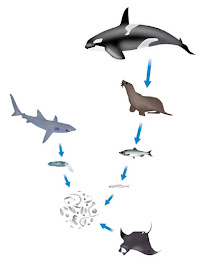Electric guitars were originally designed by an assortment of lather, electronics enthusiasts, and instrument manufacturers, in varying combination. Some of the earliest electric guitars, then essentially adapted hollow bodied acoustic instruments, used tungsten pickups and were manufactured in the 1930s by Rickenbacker. In 1935, a Soviet scientist working separately from his western colleagues was known to have produced an electric Russian guitar called the "Kuznetsov electromagnetic guitar". It was exhibited at a technology expo in Moscow, but its development was halted since the Stalin regime was hostile to guitar music.
The version of the instrument that is best known today is the solid body electric guitar, a guitar made of solid wood, without resonating airspace within it.



